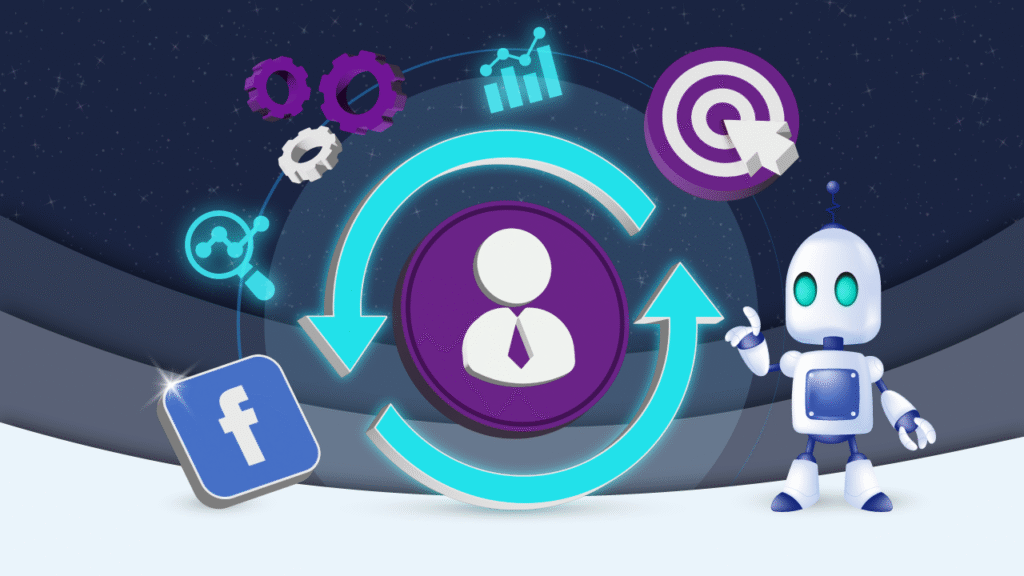In the ever-evolving world of digital marketing, one strategy continues to deliver impressive results—retargeting. While attracting new visitors to your website is essential, the true magic lies in bringing back those who showed interest but didn’t take action. In 2025, retargeting remains one of the most cost-effective ways to maximize conversions and strengthen brand recall.
Understanding Retargeting
Retargeting is the process of re-engaging users who have interacted with your website, ads, or social media pages but didn’t complete a desired action, such as making a purchase or filling out a form. These users are already familiar with your brand, meaning they’re far more likely to convert compared to cold audiences. By strategically showing them tailored ads across platforms like Google, Meta, and YouTube, businesses can gently nudge them back into the buying journey.
Why Retargeting Works
Most customers don’t convert on their first interaction. They might be comparing options, distracted, or simply not ready. Retargeting keeps your brand top of mind during that decision-making phase. The psychology behind it is simple—familiarity breeds trust. When potential customers repeatedly see your brand, your credibility increases, and the likelihood of conversion rises significantly.
Smarter Audiences Through Data
The technology behind retargeting has evolved. In 2025, marketers have access to advanced segmentation tools that allow for precise audience targeting. Instead of generic “one-size-fits-all” ads, brands can now show different creatives to users based on where they dropped off. For instance, someone who abandoned a shopping cart might see a discount ad, while someone who viewed a service page might see a testimonial reel. This level of personalization turns data into decisions—and clicks into conversions.
Cross-Platform Consistency
Modern retargeting isn’t limited to one platform. A user who visits your website today might later scroll through Instagram, watch videos on YouTube, or browse news sites. Consistent retargeting across all these touchpoints ensures your message follows them seamlessly. This multi-channel approach reinforces your brand presence and increases the chances of re-engagement.
Balancing Frequency and Creativity
Successful retargeting depends on balance. Too much repetition can cause ad fatigue, while too little may go unnoticed. The key lies in creative variety—refreshing visuals, updating copy, and experimenting with different formats. Adding dynamic content, such as personalized offers or product recommendations, keeps your retargeting efforts relevant and engaging.
The Bigger Picture
Retargeting shouldn’t be viewed in isolation. It performs best when integrated into a broader digital marketing ecosystem that includes SEO, content marketing, and paid campaigns. When done right, it complements your overall strategy by reactivating warm leads, improving ROI, and ensuring no potential customer slips away unnoticed.
Final Thoughts
In 2025, digital competition is fierce, and attention spans are short. Retargeting gives businesses the second chance they often need to convert interest into action. It’s not just about following users around the web—it’s about understanding intent, personalizing communication, and guiding prospects through their journey. For businesses that want to grow smarter and faster, retargeting remains one of the most powerful tools in the marketer’s toolkit.

